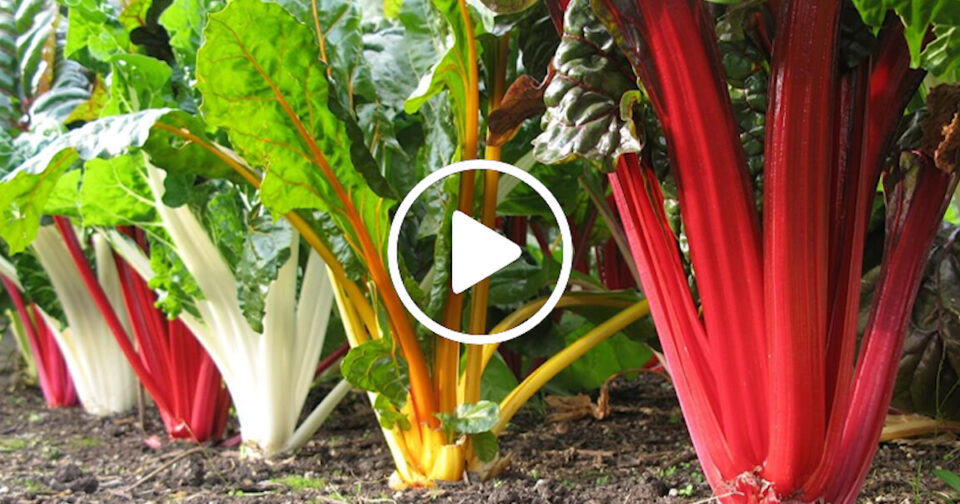If you enjoy leafy greens, you might want to try growing a crop of multicolored Swiss chard (Beta vulgaris subsp. cicla). Chard is an excellent substitute for spinach and kale for vegans and keto dieters. It’s simple to learn how to grow Swiss chard in the garden, and the plant flourishes in the right conditions. Chard prefers a sunny to partly shady location. Your soil should be loose enough to allow for good drainage.
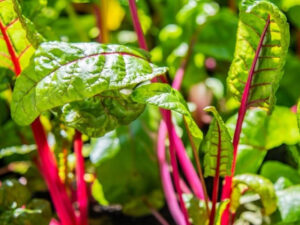
Plant your seeds approximately a half inch deep in a row in the dirt, with eight to ten seeds per foot. Between your rows, leave about 18 inches (20 cm) of room.
When the plants reach a height of a couple of inches (5 cm), thin them out to four to six inches apart (10-15 cm.). Chard is a relatively simple plant to grow. It only need enough space, water, and sometimes some fertilizer.
Early to mid-April, or at least when you’re sure there’s no more possibility of frost, is the best time to plant Swiss chard seed in your spring garden
. A good rule of thumb is to ensure that the soil temperature is at least 50 degrees Fahrenheit (10 degrees Celsius), which is warm enough for the seeds to germinate.If you want to assure a consistent supply of chard, you can employ succession planting to extend the harvest time by sowing new seeds every couple of weeks.
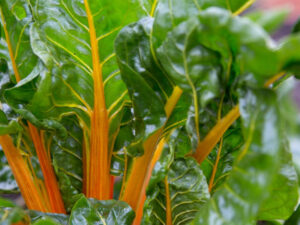
If you want to grow Swiss chard through the winter, start sowing your seeds at least a month before the first fall frost. Chard grows nicely with other root crops such as carrots, turnips, and parsnips as a winter food.
It also grows well alongside the spinach and kale described earlier. When the spring and fall temperatures are temperate and moderate, this attractive and highly nutritious vegetable thrives. It will still thrive in the summer, but it will grow more slowly because to the heat.
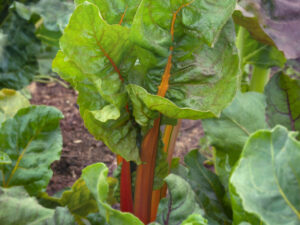
When your chard plants are roughly 9-12 inches tall, you can start harvesting your greens (23-30 cm.). They’ll lose part of their flavor if you wait until they’re much taller than that. To allow the vulnerable interior leaves to flourish, cut the outer leaves first.
Pull up a chard plant once you’ve finished harvesting it and dump the root into your compost. It’s completed. This will provide more room for your remaining plants to grow.
If given enough water, Swiss chard plants can grow up to two feet (60 cm) in a season! You can continue to harvest the plants throughout the season if you plant new seeds every couple of weeks.
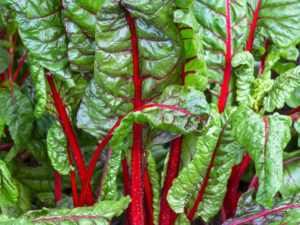
Soups, casseroles, stir-fry recipes, and salads all benefit from the addition of Swiss chard. Raw or cooked, the leaves are ready to consume. The tougher ribs of chard can be removed and cooked tender for any meal that needs a nutritional boost.
